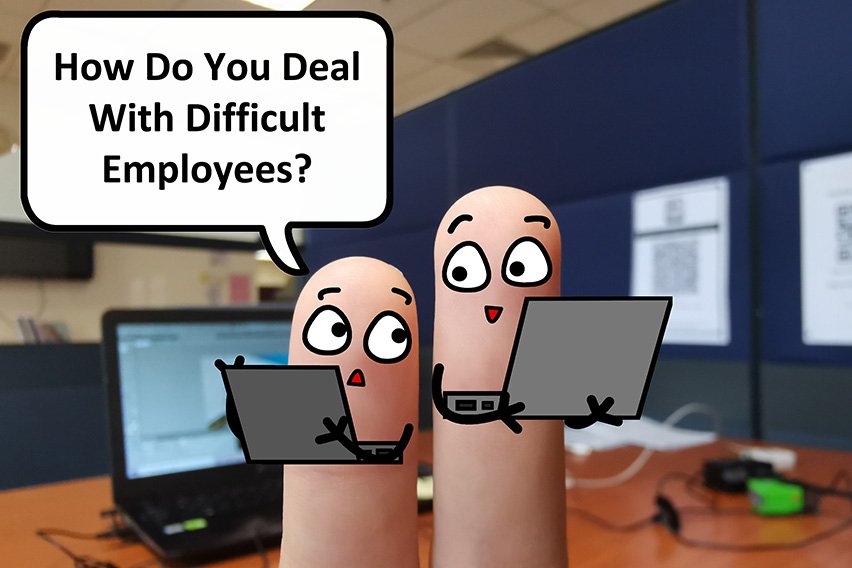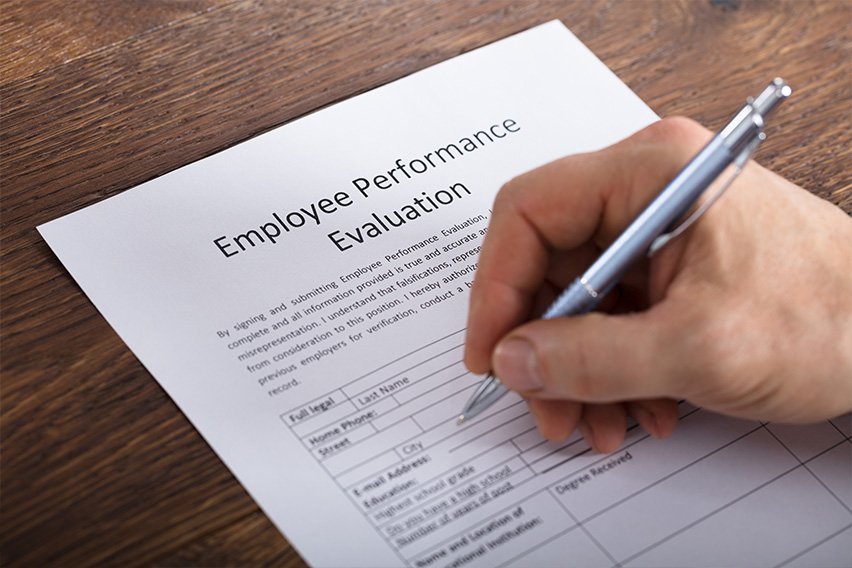How to Start a Small Business: A 7-Step Process

To start a small business, entrepreneurs need to assess their business idea, build a plan, choose a business structure, check their legal obligations, understand the finances and market their small business.
Starting a business begins with evaluating not just your abilities and capacity to work, but also the current economic and business environment.
What this article covers:
- What Is the Best Way to Start a Small Business?
- What Are the Requirements to Start a Business?
- How Long Does It Take for a Business to Become Profitable?
What Is the Best Way to Start a Small Business?
Do Your Research
The only way to know if your business is going to succeed is by undertaking market research. Once you’ve identified a unique business idea, it’s important to validate if the idea has the potential for success. To do so, the idea must either fulfill a need, solve a problem or offer something which the market needs. Do a SWOT (strengths, weaknesses, opportunities and threats) analysis of your business idea.
Look at the competition and assess the products and services that they’re offering. This will help you evaluate the unique value proposition for your product or service and how your business fits into the current market.

Make a Business Plan
A business plan helps you define what you need to launch your business. To create a business plan, you need to write the business description, which includes details about your products and service, the business in general and how it fits into the market. List your potential customers, the price you’re willing to pay and your competitors.
This plan serves as a blueprint that will guide your business through the start-up phase to establishment and growth. Here are some of the essential elements of a business plan:
- Summary
- Business description
- Market research and analysis
- Product/service description
- Business organization
- Marketing strategy
- Financial Plan
- Notes
Choose a Business Structure
One of the key decisions you’ll need to make when starting a new business is finalizing a business structure. There are several business structures entrepreneurs can choose from, whether it’s a partnership, sole trader, limited liability company, trust or co-operative.
The structure you choose determines your responsibilities as a business owner, your personal liability, your tax liabilities and the cost and volume of paperwork required.
Assess Your Financial Requirements
Starting a small business requires an initial investment. You should be able to cover ongoing investments before making a profit. Estimate your one-time startup costs such as legal fees, equipment, property leases, insurance, licenses and permits, market research etc.
Along with this anticipate the expenses that would be required to keep the business running. Based on these numbers, you need to figure out the way you want to fund your business, whether it’s with small business loans, grants, angel investors or crowdfunding.
Apart from funding, you’ll also need to figure out how to create and manage your budget, set your rates and prices, conduct business with others and file your taxes. Hiring an accountant or using a cloud-based accounting software for small businesses can help you set these systems in place and run your business effectively.
Understand Your Legal Obligations
There are a number of legal obligations of starting a business which includes business structure registrations, licensing, intellectual property, contracts, taxes and business insurance. Do a thorough search ahead of time to determine what the filing fees are for your city, county and state before starting any business.
Speak with a local attorney or tax professional to decide which business structure is better suited for your short-term vs. long-term goals, and to explore creative tax deductions for small businesses that can help optimize your financial planning.
Hire a Strong Team
If you’re hiring employees for your business, make sure you take the time to outline the positions you need to fill and the job responsibilities that are part of each position.
Apart from employees, you’d need trusted advisors such as an accountant and a tax advisor to handle the tasks related to starting a business.
Market Your Business
Create an effective marketing and sales strategy to attract clients and customers. Explore different small business marketing ideas to find a combination that is best suited for your business.
Profile your target markets based on location, demographics and buying behavior. Identify your USP to start building your brand. Based on your target audience, choose your marketing avenues such as website, social media, online advertising, networking events, cold calling and word of mouth and then set your marketing goals. This will help define your marketing budget and analysis.
Finally, the key to successfully achieving marketing goals is to regularly monitor and review your marketing activities.

What Are the Requirements to Start a Business?
Apart from financing and operational requirements, here’s a list of legal requirements for starting a new business:
- Decide a name for your business and register it
- Decide if you’re going to be a sole proprietorship, a partnership, a corporation, or a society and register your business
- Businesses other than sole proprietorship need to apply for an Employer Identification Number (EIN) from the IRS. The EIN is used to file taxes and apply for business licenses
- Pay federal taxes such as income tax, self-employed tax, employer and excise tax
- Pay state and local taxes such as payroll and self-employment
- Obtain business permits and licenses that allow you to operate your business
How Long Does It Take for a Business to Become Profitable?
The time it takes for a business to become profitable depends on the business. To achieve profitability, a business should have capital after all the expenses have been paid. This includes the salaries of the staff and payment to investors.
For determining the profitability of your small business, a break-even analysis is done. This lets you determine what you need to sell, monthly or annually, to cover your costs of doing business.
To calculate it, estimate your fixed costs along with the revenue from selling goods or services and the gross profit on each sale. Calculate the gross profit percentage by dividing the gross profits by the total sale price. This profit percentage is then divided into fixed costs.
For example, if your monthly fixed costs are $10,000 and the profit percentage is twenty-five percent, divide .25 into $10,000. Your break-even point is $40,000. This means to cover your costs and break-even; the business needs to make $40,000 revenue each month. When the revenue is more than that, your business becomes profitable.
Starting a small business requires commitment and hard work. Entrepreneurs need to ensure that they choose the right structure, financial plan and services to keep their customers happy and keep the money flowing in.
RELATED ARTICLES

 When To Hire New Employees: Smart Tips for Growing Your Small Business
When To Hire New Employees: Smart Tips for Growing Your Small Business How to Deal with Difficult Employees: 10 Tips to Improve Workplace Performance
How to Deal with Difficult Employees: 10 Tips to Improve Workplace Performance How to Gain Respect from Employees: Leadership Tips for Managers
How to Gain Respect from Employees: Leadership Tips for Managers How to Evaluate an Employee: A Performance Review Checklist
How to Evaluate an Employee: A Performance Review Checklist How to Find Investors? 8 Best Ways for Startups and Businesses
How to Find Investors? 8 Best Ways for Startups and Businesses